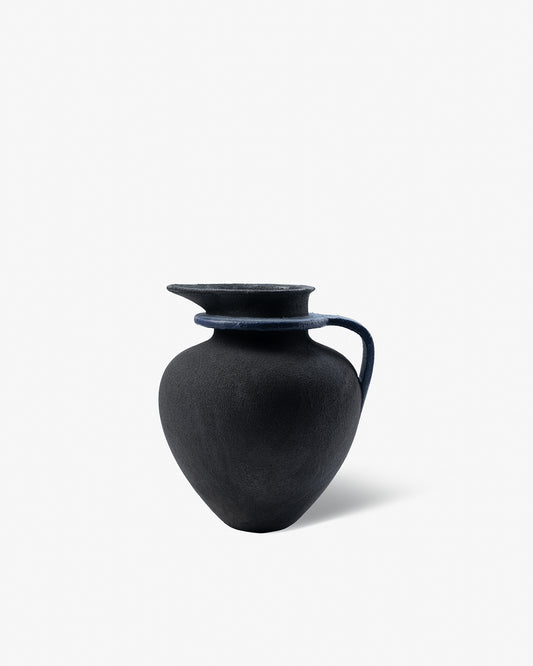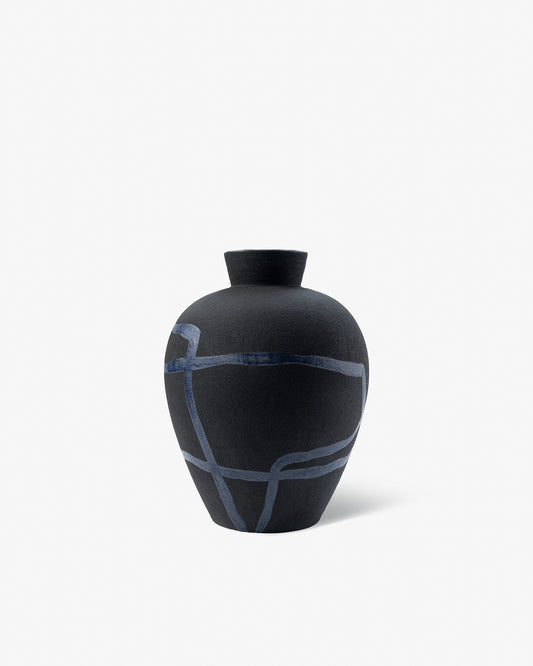Methods and working phases
Every ceramics realized by Bitossi follows a complex working process, both in the formal and decorative phase.
A ceramic can be obtained with different clays and methodologies, every element is realized inside the manufacture by a specialized team.
The raw materials used for the production of Bitossi Ceramiche(white or red clay, glazes, crystalline, fluxes) are produced by the Colorobbia Group, leader in the ceramic segment.
The form, based on the project’s needs can be made in four different ways:Lathe shaping: used for the creation of circular shapes, the artisan molds the material, entirely by hand.
Casting molding: performed with the use of plaster molds in which the white clay, in a liquid state, is poured inside.
Cast molding: performed through the use of plaster molds. The process takes place by manual pressure of the clay on the internal surface of the mold.
Modine shaping: method used for large objects. We use plaster molds assembled on a manual or mechanical press, where the clay panel is pressed in a semi-solid state.
The models are developed with prototypes, made with a 3D printer.
The drying process follows the forming one, through the withdrawal of humidity in a dry environment.When the clay has reached the right hardness, the work is completed with the finishing of the shaping and / or the plastic decoration through scratching, engraving, stencil impression.
The cooking phase can vary from one to three burners:
The first firing, called "biscottatura", transforms the object from clay to terracotta.
The second firing takes place after the coating and / or the decoration
The third firing is used in the presence of different glazes and / or precious metals, such as: gold, platinum, silver and copper.
At the end of the production process, the product follows a careful quality control for the final certification. Each work is an icon of the made in Italy style and creativity.

